The Tetraodontiformes order is one of the most fascinating and diverse groups of fish in the marine world. These fish are known for their unique body structures, powerful defense mechanisms, and highly specialized adaptations that allow them to thrive in various environments, from deep-sea habitats to vibrant coral reefs. The group includes some of the most bizarre and well-known fish, such as pufferfish, boxfish, triggerfish, and the enormous ocean sunfish.
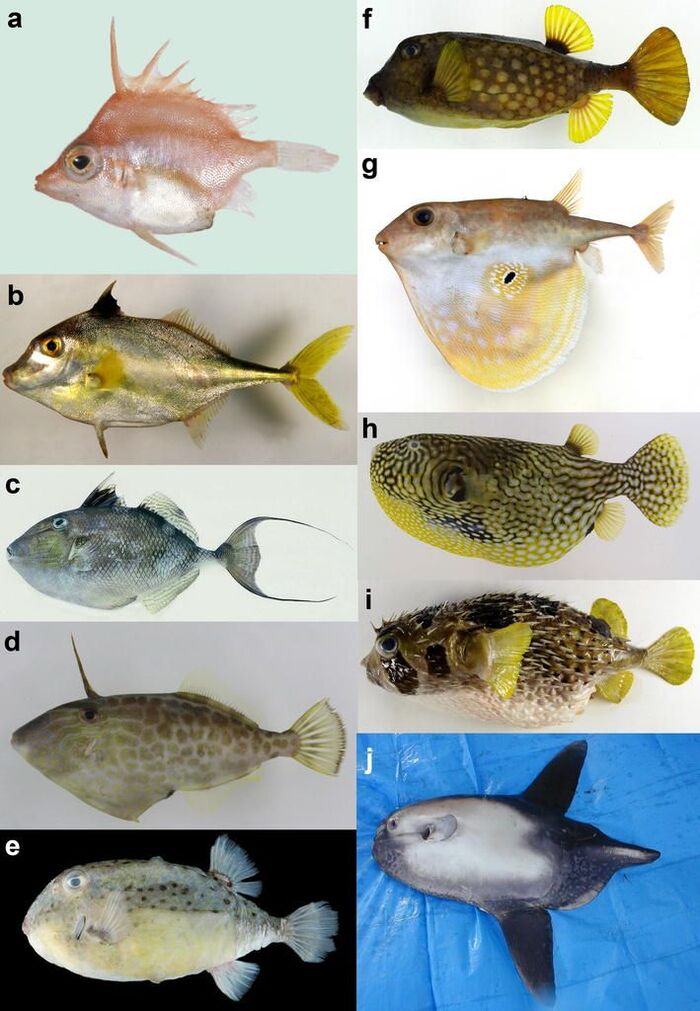
In this article, we will explore 10 remarkable families of Tetraodontiformes, each represented by an extraordinary species that showcases the unique adaptations of this order.
Domain: Eukaryota
Kingdom: Animalia
Phylum: Chordata
Class: Actinopterygii
Clade: Percomorpha
Order: Tetraodontiformes
The Triacanthodidae family, also known as spikefish, consists of small, deep-sea fish with elongated dorsal spines that serve as a defense mechanism against predators.
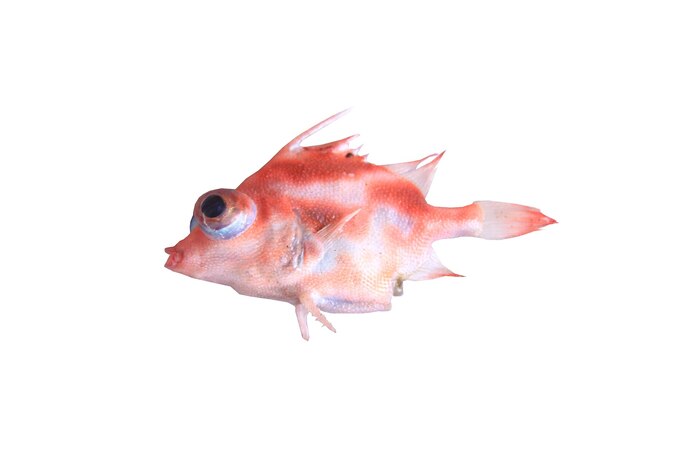
Small and deep-bodied fish with elongated spines.
Found at depths exceeding 100 meters, often in continental slopes and deep reefs.
Primarily carnivorous, feeding on small invertebrates and plankton.
Unlike other shallow-water Tetraodontiformes, Triacanthodes anomalus is rarely seen due to its deep-sea habitat. Its sharp spines act as a deterrent to predators, while its small, laterally compressed body helps it navigate the ocean currents.
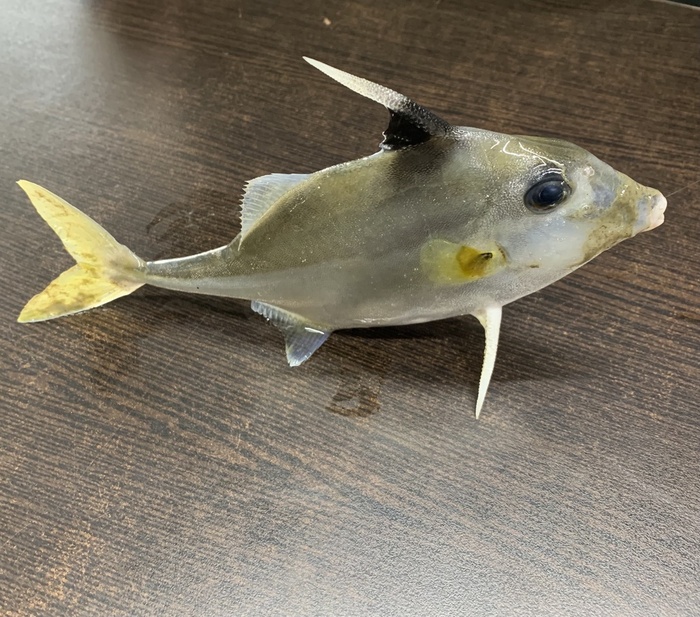
The Triacanthidae, or tripodfish, are unique among Tetraodontiformes for their slender bodies and extended dorsal and anal fins that resemble a tripod when they rest on the ocean floor.
Elongated spines and fins, giving them a tripod-like stance.
Found in coastal and estuarine environments, often near sandy seabeds.
Use camouflage and remain motionless to avoid predators.
Triacanthus biaculeatus is commonly found in Indo-Pacific waters and is an opportunistic feeder, consuming small crustaceans and marine invertebrates.
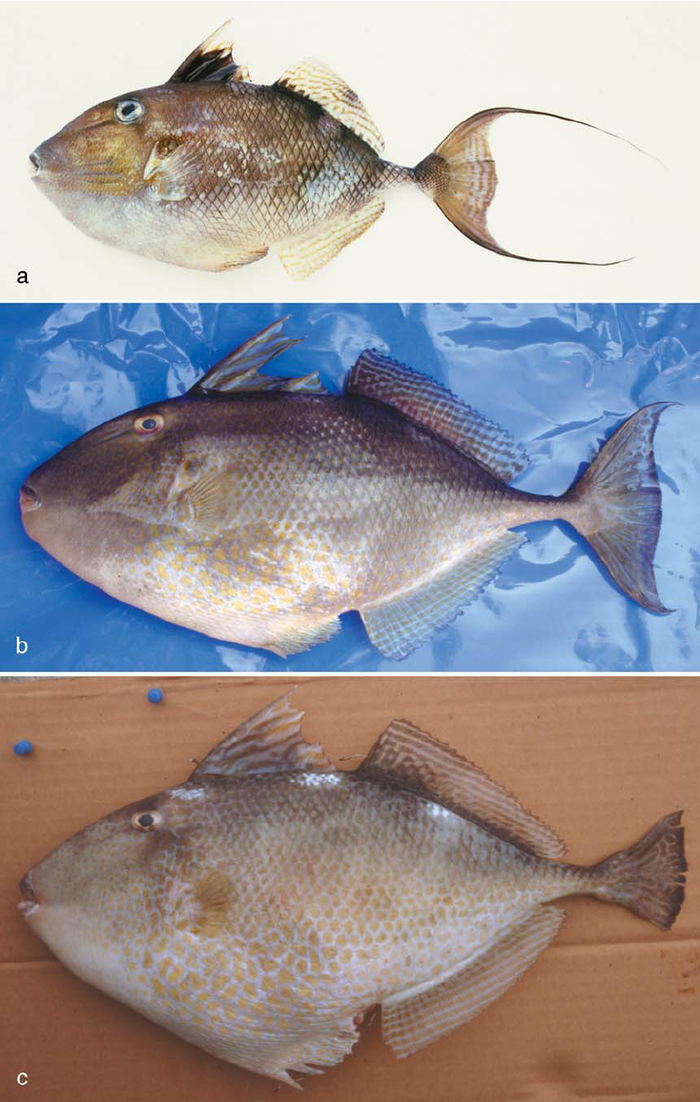
Triggerfish, belonging to the Balistidae family, are aggressive reef dwellers with powerful jaws and a trigger-like dorsal spine that helps them wedge themselves into tight spaces.
Highly territorial and aggressive, often attacking intruders.
Strong jaws and teeth for crushing shells of mollusks and crustaceans.
Trigger mechanism that locks their dorsal spine for protection.
The filamentous triggerfish is found in the Indo-Pacific region, often near coral reefs and sandy bottoms. Its elongated filaments and striking coloration make it a sought-after species for divers and marine enthusiasts.
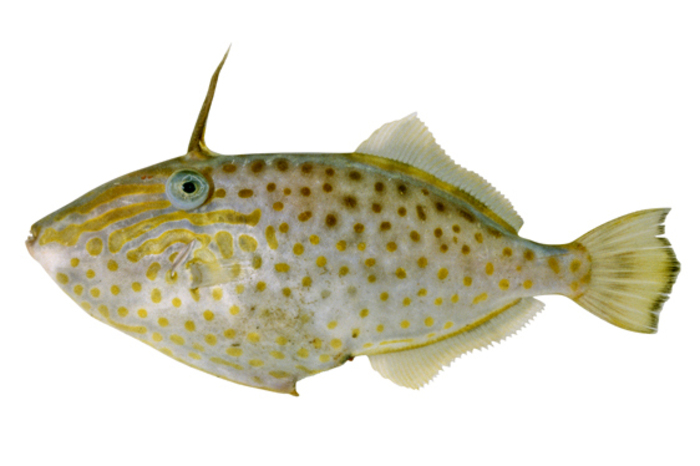
Filefish, or Monacanthidae, have tough, sandpaper-like skin and an elongated body that allows them to blend seamlessly into their surroundings.
Rough, leathery skin that provides protection from predators.
Can change color to blend in with coral and algae-covered rocks.
Uses its sharp spine to lock itself into crevices when threatened.
The silver filefish is a coastal species found in seagrass beds and rocky reefs, where it feeds on small invertebrates and algae.
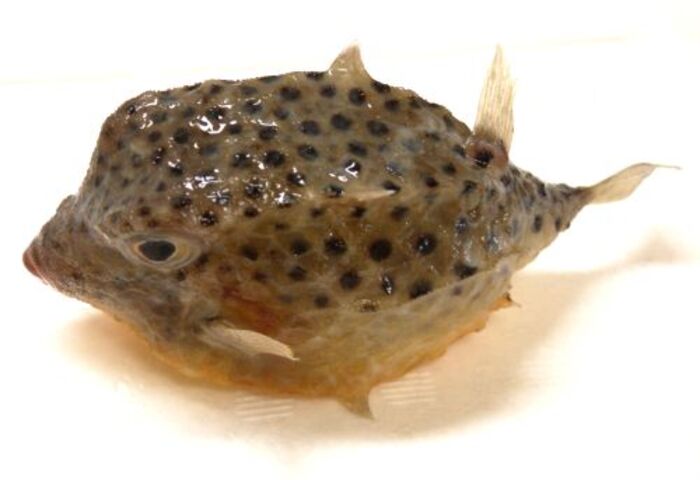
The Aracanidae family consists of box-shaped fish covered in bony armor, providing excellent protection from predators.
Rigid, hexagonal body structure that limits flexibility.
Slow-moving but highly resilient to predation due to its tough skin.
Small, tubular mouth adapted for sucking up small prey from the seafloor.
The thornback boxfish is an expert at hiding among coral and rocky reefs, using its camouflaged body to avoid detection.
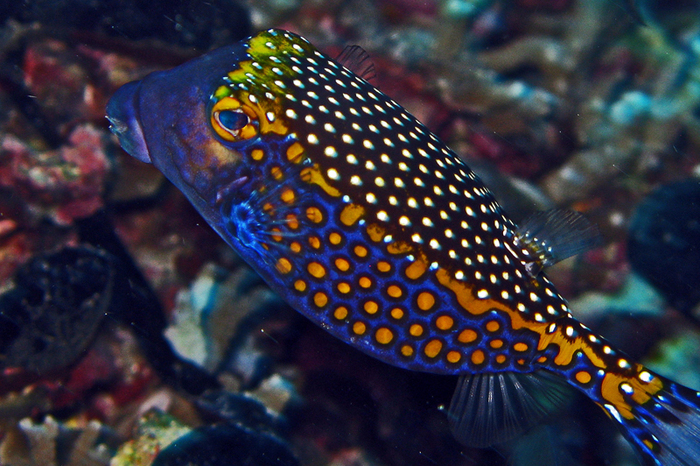
Boxfish, belonging to the Ostraciidae family, are famous for their hexagonal, armored bodies and ability to release toxins when threatened.
Covered in bony plates, making them one of the most rigid fish.
Can secrete ostracitoxin, a deadly chemical, when under attack.
Small fins limit speed, but their armor compensates for slow movement.
Ostracion immaculatus is a fascinating species due to its vibrant coloration and resilience to predation, making it a standout member of the Tetraodontiformes order.
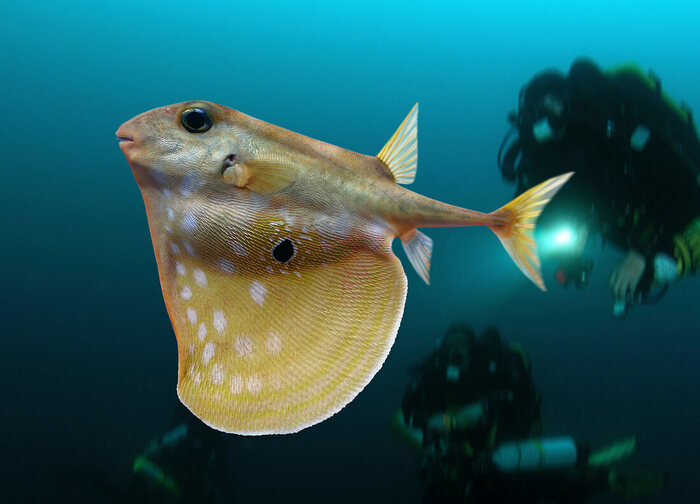
This rare species is one of the least studied members of Tetraodontiformes, distinguished by its inflatable belly flap and unique three-toothed jaw structure.
Can expand its belly, making it appear much larger.
Strong beak-like teeth designed to crush hard-shelled prey.
Deep-water dweller, often found at depths of 100-300 meters.
The three-toothed pufferfish is an ancient species, surviving in deep waters for millions of years.
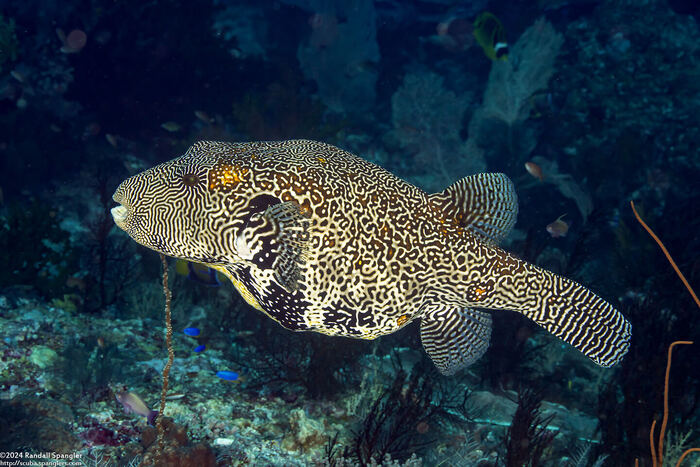
The Tetraodontidae family includes the infamous pufferfish, known for their ability to inflate and produce deadly tetrodotoxin.
Can inflate up to three times its normal size to deter predators.
Contains tetrodotoxin, a lethal neurotoxin found in its skin and organs.
Highly intelligent, often observed solving complex tasks.
The map pufferfish is a highly sought-after species in the aquarium trade, but its toxicity makes it a dangerous yet fascinating creature.
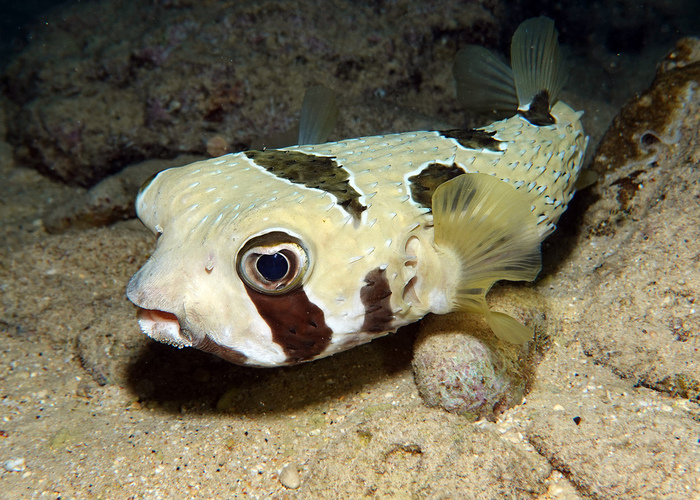
The porcupinefish, a close relative of pufferfish, is distinguished by its sharp, expandable spines that emerge when the fish inflates.
Can inflate its body, exposing large spines.
Possesses a beak-like mouth designed for crushing hard prey.
Can produce mild toxins, though not as potent as pufferfish.
This species is often seen in coral reef environments, using its nocturnal hunting skills to find small crustaceans.
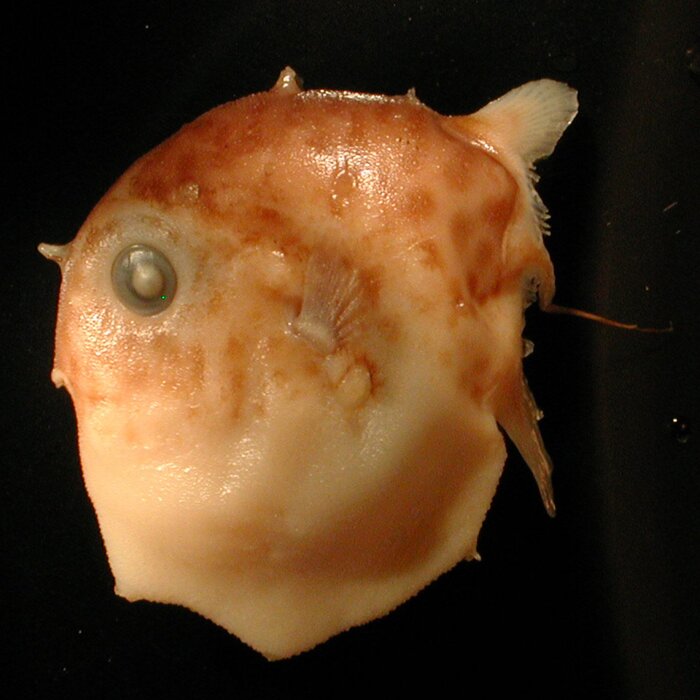
The Molidae family includes the ocean sunfish, the world’s largest bony fish.
Can grow up to 3 meters long and weigh over 1,000 kg.
Feeds primarily on jellyfish, despite its massive size.
Lacks a true tail, relying on its dorsal and anal fins for propulsion.
The sharptail mola is a deep-sea giant, rarely seen by divers, making it one of the most mysterious members of the Tetraodontiformes order.
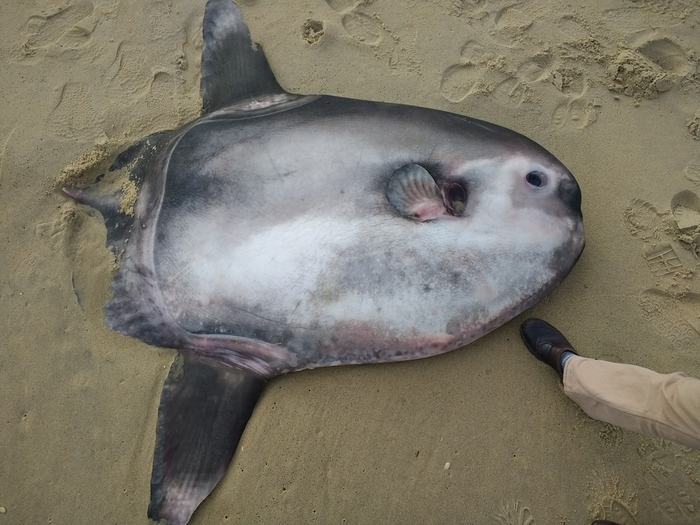
The Tetraodontiformes order showcases some of the most unusual, well-adapted, and bizarre fish in the ocean. From the toxin-laden pufferfish to the armored boxfish and massive ocean sunfish, these species highlight the incredible diversity of marine evolution.
animal tags: Actinopterygii
We created this article in conjunction with AI technology, then made sure it was fact-checked and edited by a Animals Top editor.